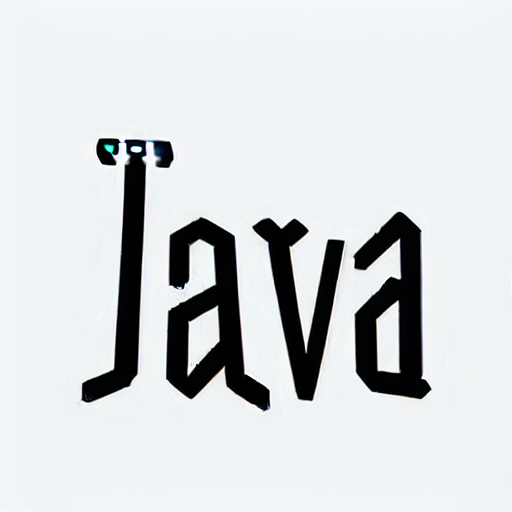深入剖析Javax JWS API框架在Java类库中的技术原理与实现方法

Javax JWS API(Java Web Services Application Programming Interface)是Java类库中用于开发和部署Web服务的技术框架。该框架提供了一套标准的接口和工具,使开发者能够轻松创建、发布和管理Web服务,同时保证了Web服务的互操作性和可扩展性。
Javax JWS API 的技术原理主要涉及以下方面:
1. 注解(Annotations):Javax JWS API 使用注解来标记Java类和方法,从而将它们暴露为Web服务。常用的注解包括@WebService、@WebMethod、@WebParam等。使用这些注解可以指定Web服务的名称、方法的名称和参数,以及其他相关属性。
示例代码:
import javax.jws.WebService;
import javax.jws.WebMethod;
import javax.jws.WebParam;
@WebService
public class MyWebService {
@WebMethod
public String sayHello(@WebParam(name = "name") String name) {
return "Hello, " + name + "!";
}
}
2. SOAP(Simple Object Access Protocol):Javax JWS API 使用SOAP作为通信协议,通过XML格式在Web服务和客户端之间传输数据。SOAP定义了一种标准的消息格式和协议,可以在不同的平台和语言之间实现互操作性。Javax JWS API 将方法的调用和返回结果封装成SOAP消息进行传递。
3. WSDL(Web Services Description Language):Javax JWS API 使用WSDL来描述Web服务的接口和数据类型。WSDL是一个XML格式的文件,定义了Web服务的输入、输出、方法和消息结构。通过WSDL,客户端可以了解Web服务的功能和使用方式,并生成对应的客户端代码。
示例配置文件 mywebservice.wsdl:
<?xml version="1.0" encoding="UTF-8"?>
<wsdl:definitions xmlns:wsdl="http://schemas.xmlsoap.org/wsdl/"
xmlns:tns="http://example.com/mywebservice"
targetNamespace="http://example.com/mywebservice">
<wsdl:types>
<schema xmlns="http://www.w3.org/2001/XMLSchema"
targetNamespace="http://example.com/mywebservice">
<element name="sayHelloRequest">
<complexType>
<sequence>
<element name="name" type="string" />
</sequence>
</complexType>
</element>
<element name="sayHelloResponse">
<complexType>
<sequence>
<element name="result" type="string" />
</sequence>
</complexType>
</element>
</schema>
</wsdl:types>
<wsdl:message name="sayHelloRequest">
<wsdl:part name="parameters" element="tns:sayHelloRequest" />
</wsdl:message>
<wsdl:message name="sayHelloResponse">
<wsdl:part name="parameters" element="tns:sayHelloResponse" />
</wsdl:message>
<wsdl:portType name="MyWebService">
<wsdl:operation name="sayHello">
<wsdl:input message="tns:sayHelloRequest" />
<wsdl:output message="tns:sayHelloResponse" />
</wsdl:operation>
</wsdl:portType>
<wsdl:binding name="MyWebServiceSoapBinding" type="tns:MyWebService">
<soap:binding transport="http://schemas.xmlsoap.org/soap/http" style="document" />
<wsdl:operation name="sayHello">
<soap:operation soapAction="urn:sayHello" />
<wsdl:input>
<soap:body use="literal" />
</wsdl:input>
<wsdl:output>
<soap:body use="literal" />
</wsdl:output>
</wsdl:operation>
</wsdl:binding>
<wsdl:service name="MyWebService">
<wsdl:port name="MyWebServicePort" binding="tns:MyWebServiceSoapBinding">
<soap:address location="http://example.com/mywebservice" />
</wsdl:port>
</wsdl:service>
</wsdl:definitions>
4. 发布和部署:Javax JWS API 提供了一些工具和方法来发布和部署Web服务。可以使用命令行工具wsimport来根据WSDL文件生成客户端代码,用于在客户端调用Web服务。可以使用命令行工具wsgen来根据Java类生成WSDL文件,用于在服务端发布Web服务。
示例命令行使用方法:
生成客户端代码:
wsimport -s src -d bin -p com.example.client http://example.com/mywebservice?wsdl
发布Web服务:
wsgen -s src -d bin -cp bin com.example.MyWebService
通过深入剖析Javax JWS API框架在Java类库中的技术原理与实现方法,我们可以更好地理解和使用该框架来开发和部署Web服务。同时,需要根据具体业务需求进行相关配置和代码编写,以实现自定义的Web服务功能。
